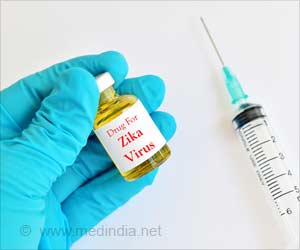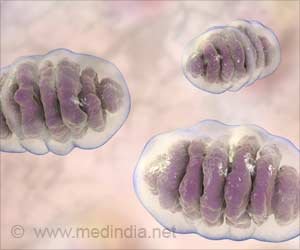HD-MAP delivers the vaccine to immune cells beneath the skin’s surface with thousands of tiny microprojections.”This vaccine is unique because it targets a protein inside, rather than outside of the virus meaning it won’t enhance the symptoms of closely related viruses such as dengue fever, in people who’ve been vaccinated,” said Branka Grubor-Bauk, Associate Professor at University of Adelaide.
“We can change the way we combat Zika virus with the HD-MAP patch because it is an effective, pain-free, simple to apply, and easy to store vaccination method,” added Vaxxas researcher Dr. Danushka Wijesundara. In pre-clinical trial, published in the journal Molecular Therapy Nucleic Acids, the vaccine provided rapid protection against live Zika virus, targeting a specific protein called NS1 which is crucial to the virus’s survival, Wijesundara said.
Dr. David Muller from University of Queensland’s School of Chemistry and Molecular Biosciences said the microarray patch and the vaccine could have benefits beyond the ability to protect from Zika virus.
Advertisement
“Because the protein we’re targeting plays a central role in replication in a virus family known as flaviviruses, there’s the potential to apply our approach to target other flaviviruses such as dengue or Japanese encephalitis,” Muller said. “It could also deliver a vaccine mixture to target the whole family of viruses, providing greater protection.
“A major benefit of the HD-MAP delivery platform is vaccine stability at elevated temperatures — we found the patch retained vaccine potency when stored at 40 degrees Celsius for up to four weeks.”This increases the reach of vaccines in low- and middle-income countries where refrigeration is challenging,” Muller said.
Reference :
- Superior efficacy of a skin-applied microprojection device for delivering a novel Zika DNA vaccine – (https://linkinghub.elsevier.com/retrieve/pii/S2162253123002743)
Source: IANS



